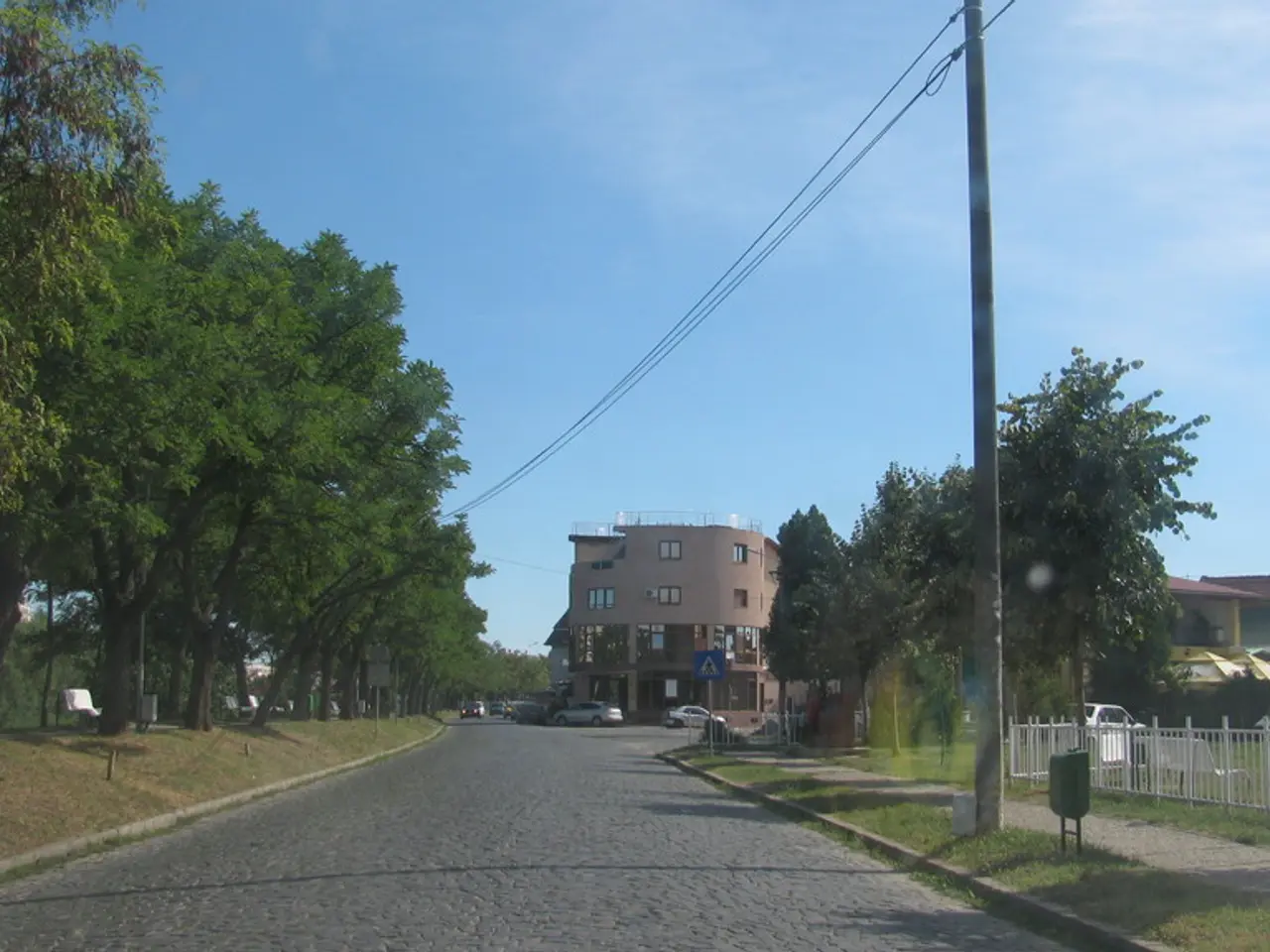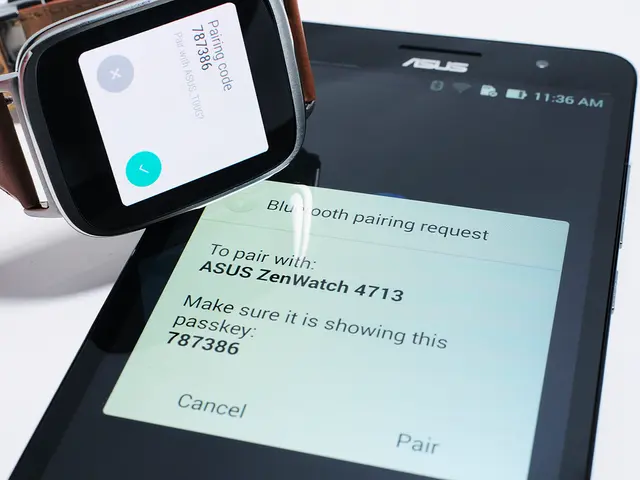Tesla's Autonomous Driving Capabilities Accumulate Over 3.6 Billion Miles on Roads Worldwide
Tesla's Full Self-Driving Technology Hits 4.5 Billion Miles
Tesla's Full Self-Driving (FSD) technology has surpassed 4.5 billion miles of real-world usage data, according to the company's own claims as of August 2025. This growth has been fueled by extensive real-world data collection, sophisticated neural network training, and continuous software improvement.
The rapid growth in FSD real-world usage has been achieved primarily through leveraging a large fleet of over 6 million Tesla vehicles equipped with cameras and neural network-based software. Tesla collects vast amounts of driving data from these vehicles and continuously improves FSD algorithms by combining supervised driving data from everyday Tesla drivers and integrating over-the-air software updates.
One of the key factors that set Tesla apart is its hardware-software approach, which emphasizes scalable camera-based sensing over expensive sensors like lidar. Tesla's FSD technology is unique in its reliance on real-world data collected from its fleet, rather than simulations or limited test vehicles, unlike competitors such as Waymo and Cruise.
In 2024, Tesla boosted its AI training compute capacity by 400%, further accelerating FSD's evolution. The company also made the technology more accessible by reducing the price of FSD to $99 US/month and offering free trials.
Tesla's FSD technology has been in use for a collective 3.6 billion miles, with 2.16 billion miles logged in 2024 alone. The transition to Supervised status, which emphasizes improved reliability of the FSD technology, occurred in 2024.
Despite these achievements, independent validation of these mileage claims and performance metrics remains limited due to Tesla's minimal public data disclosure. The last independently cited figure mentioning 3 billion miles was from early 2025, and Tesla asserts that this mileage has grown rapidly since then.
Statistically, Tesla reports FSD is currently much safer than human driving, with about ten times the number of miles between accidents, based on recent safety reports. The FSD technology has demonstrated milestones such as a 362-mile supervised drive with minimal intervention, showing increased system reliability from a combination of data science and real-world testing.
Elon Musk, Tesla's CEO, predicts that FSD will enable fully autonomous robotaxis, such as the recently unveiled Cybercab, once regulatory hurdles are cleared. The FSD technology is currently in a Supervised status, requiring driver oversight.
The FSD technology initially started as a Beta program in October 2020. It is currently available in Canada, the US, and recently debuted somewhat in China. Tesla's data advantage continues to widen, positioning it as a leader in the race toward self-driving technology.
- The extensive usage data of Tesla's Full Self-Driving (FSD) technology, having surpassed 4.5 billion miles, is a result of collecting real-world data from over 6 million Tesla vehicles equipped with cameras and neural network-based software.
- Unlike competitors like Waymo and Cruise, Tesla's FSD technology uniquely relies on real-world data collected from its fleet, contributing to its position as a leader in the race toward self-driving technology.




